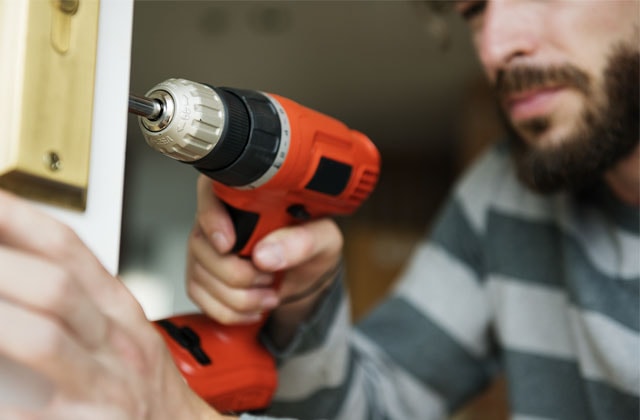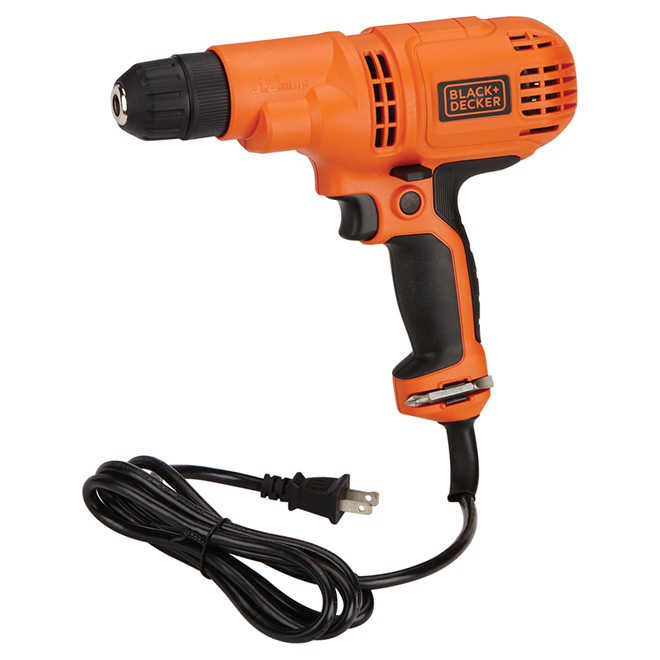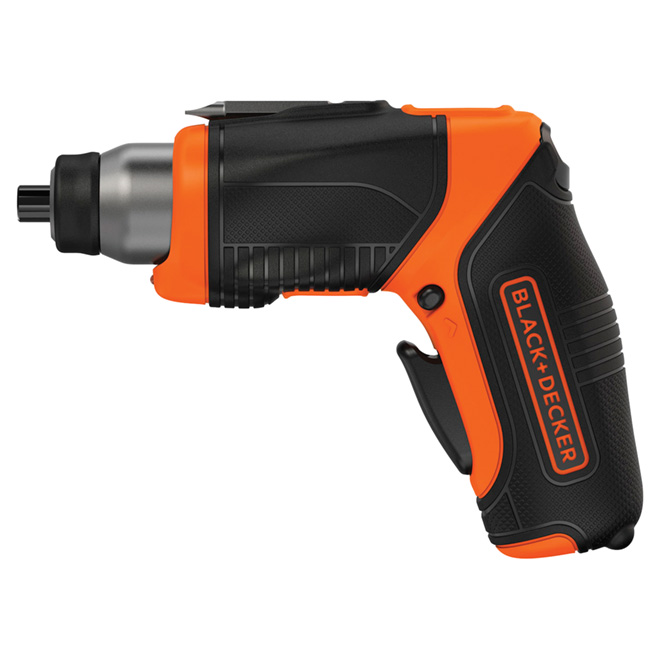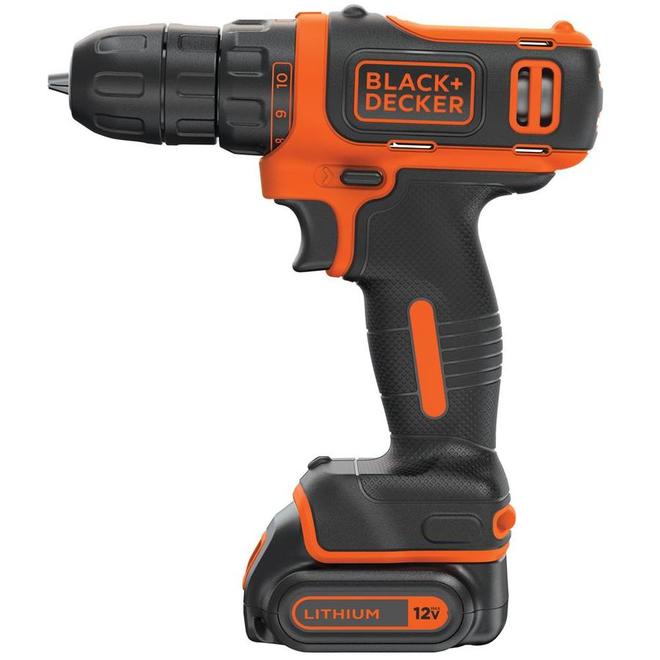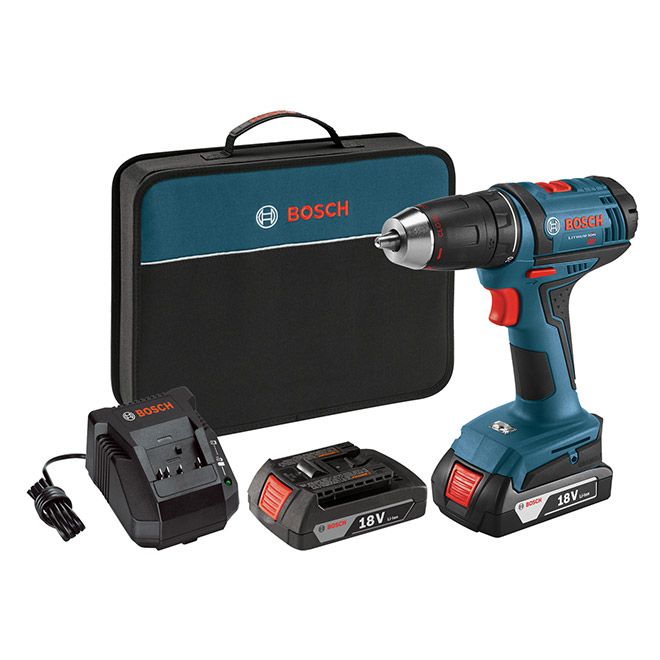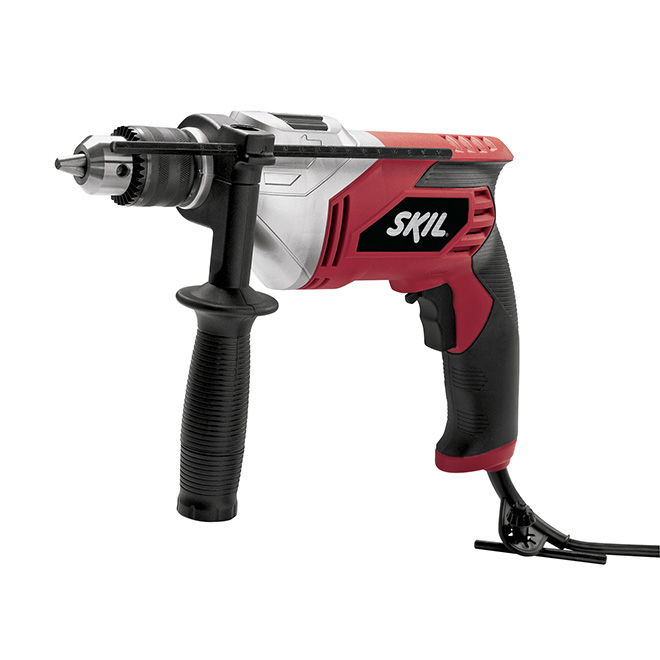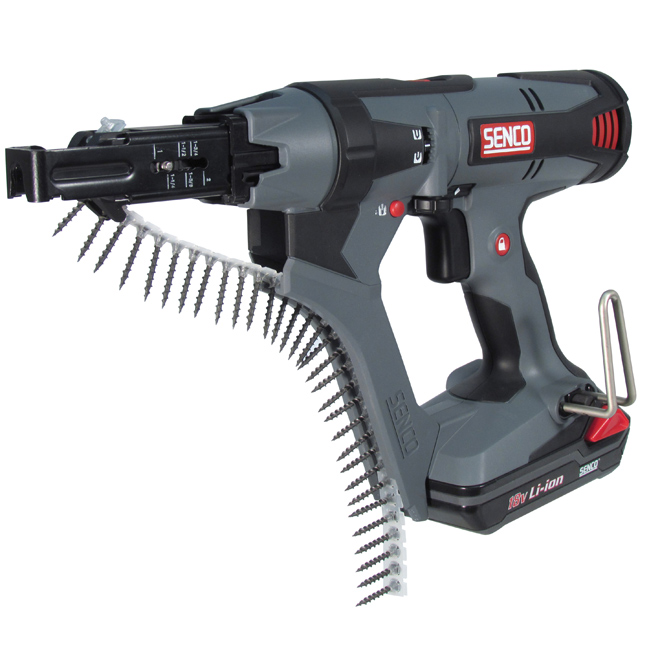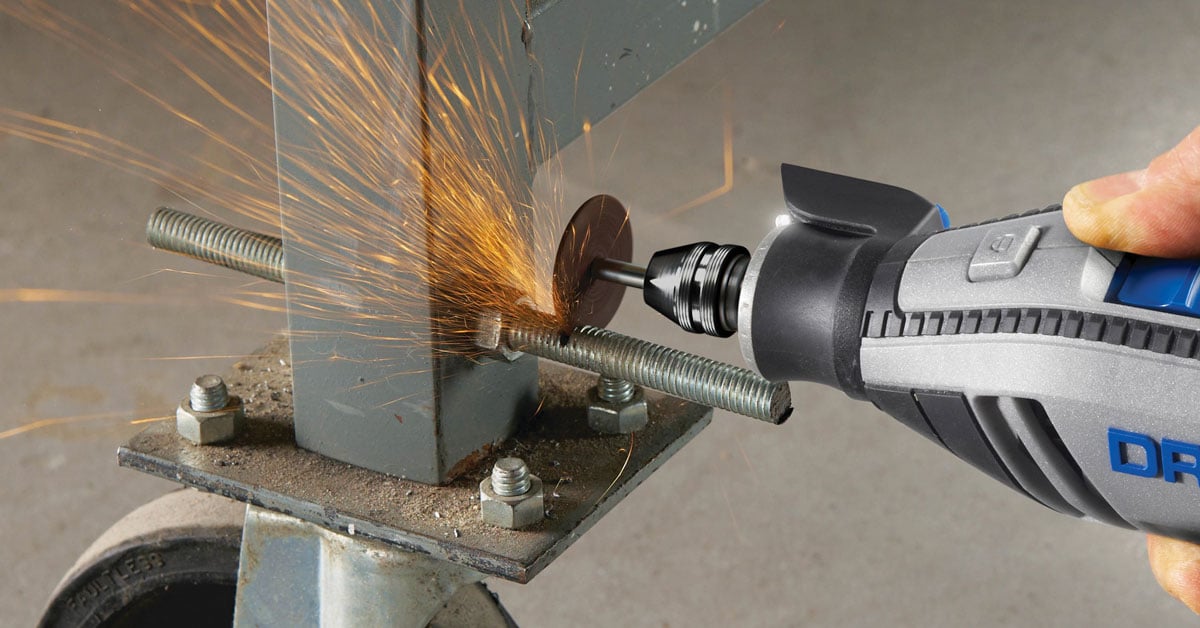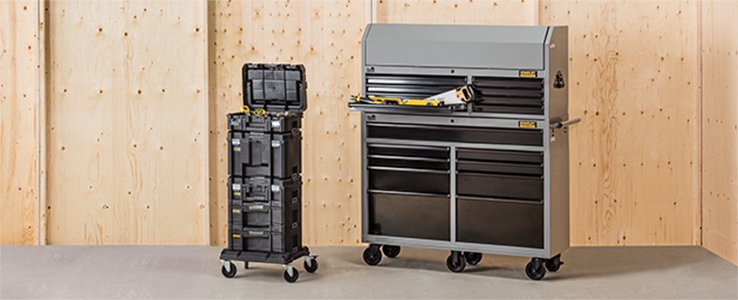Power drill, power screwdriver, hammer drill
A few distinctions in power drill terminology:
- The word drill usually refers to an electric drill with a cord and only one speed. Though they do screw, they are used primarily to drill, and the chuck accepts various types of shank.
- The power screwdriver is meant to screw, has one speed and takes hexagon-shaped shanks. Smaller than a drill driver, it is more powerful and the battery lasts longer. When it encounters resistance, it hammers in the direction of rotation to sink the screw more easily.
- The drill driver refers to cordless drills that operate with rechargeable batteries. They usually have two speeds and the chuck accepts various types of shank. Torque settings can be adjusted to screw as well as drill.
- The hammer drill takes an SDS or cylindrical shank, depending on the model. It has a minimum of two speeds and three modes, making it possible to drill, screw and work through concrete. It has an additional handle for increased control. In the “drill” mode, the bit hammers back and forth within the chuck, which strikes the concrete.
